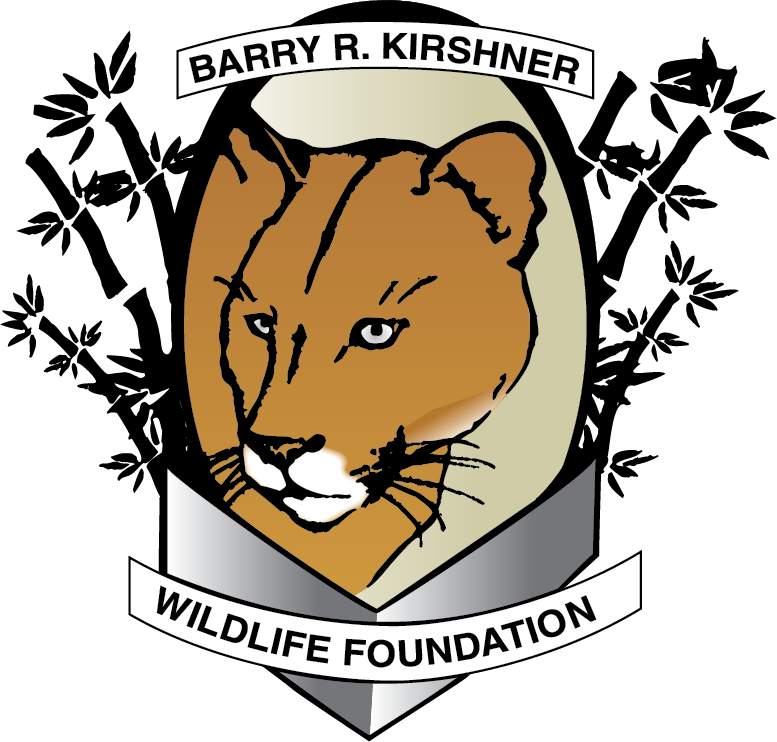Ani – Barbary Lion
Ani is a female Barbary Lioness (Panthera leo leo), born July 17, 2013. She came to the Foundation to aid in her sister’s physical therapy. She is completely healthy and is a great companion to her sister, Northgate.
The Barbary lion, also known as the Atlas lion or Nubian lion, are the largest of the lion species. Characteristics of the Barbary lion include longer hair around the neck and throat, back of the front legs and around the belly, as well as a huge mane covering the head, neck and shoulders of the males. They are also usually a darker color than African lions but the only way to identify a true Barbary lion is by their DNA. They are now considered extinct in the wild, but they were native to north Africa and the Atlas Mountains. The Barbary lion became extinct in the wild because of their conflict with farmers as well as loss of habitat.
The Barbary lion mainly hunted Barbary sheep, wild boar, gazelles, Barbary stag, red deer and herds of livestock. The method of hunting was never documented, but it is believed that they used the same strangulation method as the lions of southern Africa. While the lion drinks regularly when water is available, it is capable of obtaining its moisture requirements from prey and even plants, and thus can survive in very arid environments.
The lion is unusual among the cat species in that it lives in organized social groups called prides. The pride can consist of as many as 30 lions, with the majority being females and their offspring, along with a small number of resident males. It is common for the females within the pride to be closely related. This family bonding is often extended through communal nursing and caring of the young within the pride. Historical evidence states that the Barbary lion tended to live in pairs or small family groups rather than prides.
tiliger Statistics:
Body Size
Weight
Gestation Period
Litter Size
Life Span
Status
up to 11 feet long, 4 feet tall
males: up to 550 pounds females: up to 350 pounds
105 - 115 days
2 - 3 cubs
12 years in the wild, 20 years in captivity
extinct in the wild

